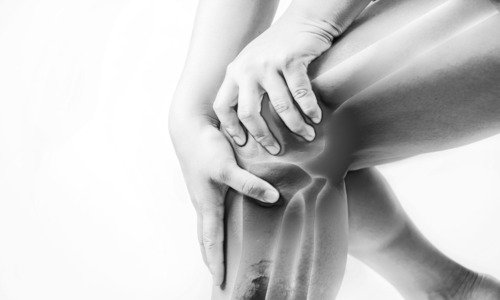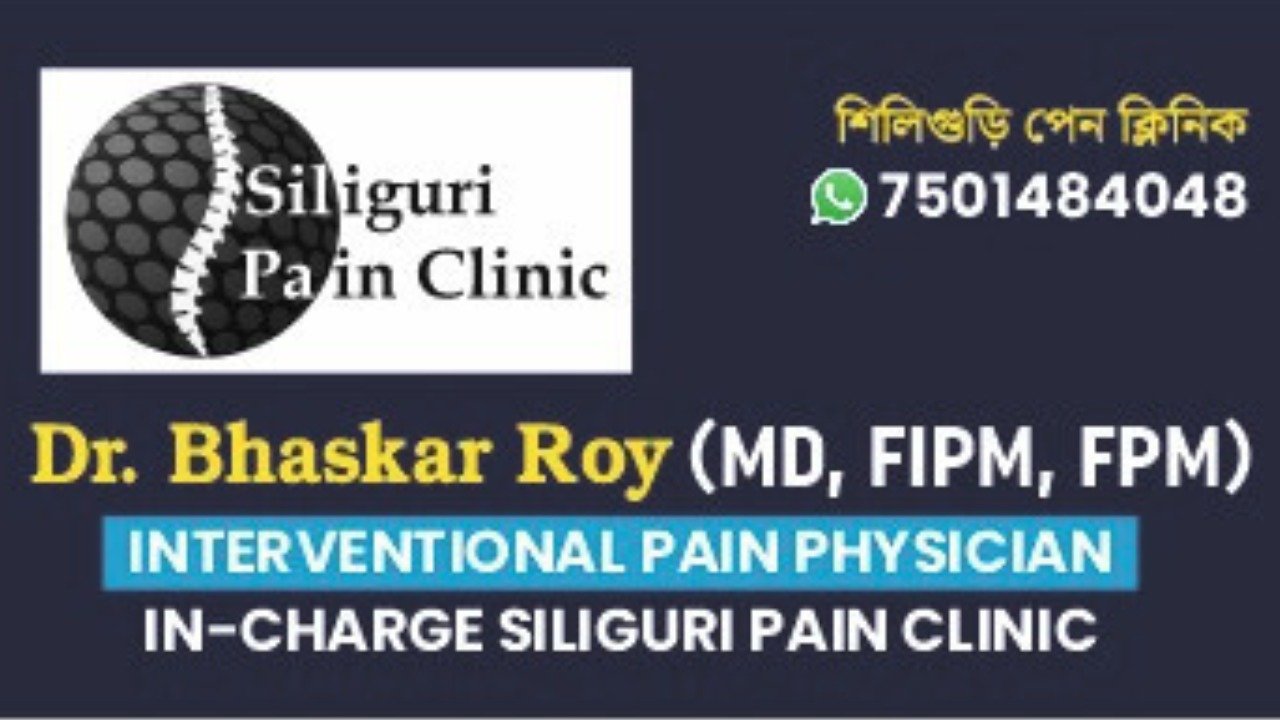Joint Pain
Imagine every movement being accompanied by a chorus of discomfort, as if your joints are pleading for relief. Joint pain isn't just a physical sensation—it's a constant reminder of the body's vulnerability, a barrier to the freedom of movement we often take for granted. But within the depths of this discomfort lies the opportunity to uncover solutions and reclaim the joy of pain-free living.
Causes Of Joint Pain
Explore the diverse causes of joint pain, from common conditions like osteoarthritis and rheumatoid arthritis to injuries such as strains and sprains. Discover insights into the factors contributing to joint discomfort and how they impact your quality of life.

Causes of Joint Pain:
Osteoarthritis
Rheumatoid arthritis
Bursitis
Gout
Strains and sprains
Injuries
Medications:
For moderate-to-severe joint pain with swelling, nonsteroidal anti-inflammatory drugs (NSAIDs) like aspirin or ibuprofen, or newer Cox-2 inhibitors (Celebrex) can provide relief. For milder pain without swelling, acetaminophen (Tylenol) may be effective. However, it's crucial to consult with qualified pain physicians before taking these medications. In cases of severe pain unresponsive to NSAIDs or Cox-2 inhibitors, a stronger opioid medication may be prescribed under medical guidance.
Physical Therapy:
Physical therapy offers a tailored approach to joint pain management, focusing on strengthening surrounding muscles, enhancing joint stability, and increasing range of motion. Techniques like ultrasound, heat or cold therapy, electrical nerve stimulation, and manipulation are commonly employed. Additionally, weight loss can alleviate pressure on painful joints, with low-impact exercises like swimming and bicycling proving beneficial due to their gentle nature and minimal joint impact.
Home Care:
You can alleviate short-term joint pain with simple techniques at home. Some tips include:
Resting the joint, avoiding any activities that cause you pain.
Applying ice on the joint for about 15 minutes, several times each day.
Compressing the joint using an elastic wrap.
Protecting the joint with a brace or wrap.
Elevating the joint above the level of your heart.
Stem Cell/Platelet Rich Plasma (PRP) therapy : PRP therapy uses platelets from your own blood to fix a hurt tendon or cartilage. It helps not just with the pain but also starts the healing. First, they take your blood and put it in a machine called a centrifuge for 15 minutes. This separates the platelets. Then, they inject the platelet-rich plasma into the sore part of the tendon or cartilage.
Injections : Powerful anti-inflammatory medicines can be injected into joints to ease pain and swelling. Ozone Gas injections have also shown to be very good at relieving pain.
Other options include:
-
Draining fluid from the joint, often done with a steroid injection.
-
Injections of hyaluronan, a man-made version of the natural joint fluid, used for treating osteoarthritis.
Surgery : Surgery procedures, such as Total Hip Replacement, are considered a last resort. However, like any surgery, they come with risks and require lengthy hospitalization and recovery times. Moreover, the success rate for surgeries is limited to 60-70%.
